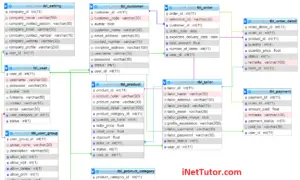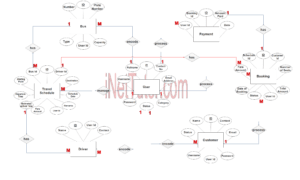IPO Model Conceptual Framework of Digital Wallet Solution
This article will show you how to create a conceptual framework for the capstone project titled Digital Wallet Solution. The input, process, output (IPO) model was used to create the conceptual foundation for this investigation.
About the Project
Technology’s utility has been simplified in every field or facet of human life where it has relieved individuals of the burden of doing acts that require effort and inconvenience. The capstone project, entitled “Digital Wallet Solution” is a digital platform that streamlines financial transactions. The user can store funds, digitally pay goods and services and other financial transactions.
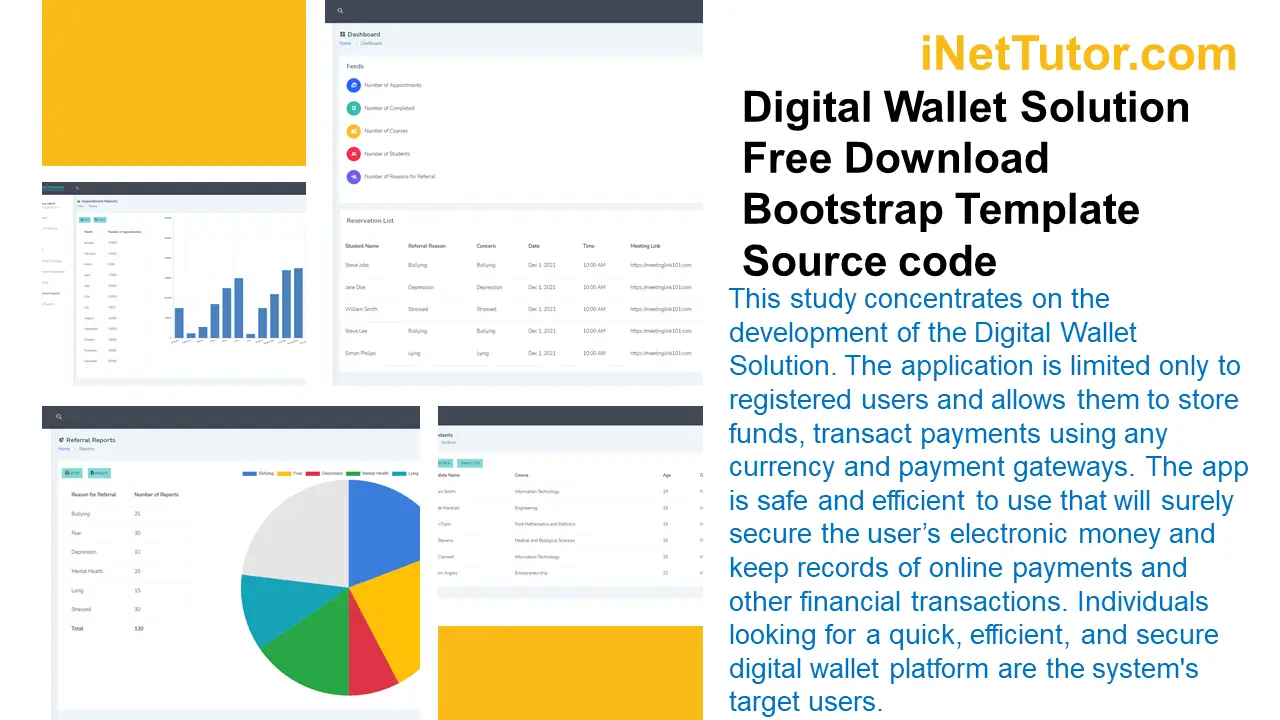
Individuals used to pay for goods and services using traditional cash-based transactions before the advent of technology. All financial transactions must be completed by a human in the traditional method, which requires the usage of cash. Payments and other financial transactions are also manually recorded for future reference, which is prone to errors and might be misplaced and difficult to locate. The manual technique is thought to be ineffective because it takes too much time and effort and leaves a lot of space for error. Because manual payment and other financial operations involve money, consumers require a reliable and secure platform to store funds and expedite financial activities.
Objectives of the Study
- To develop a digital wallet solution that will securely store electronic money.
- The application will let users process and pay for goods and services in a fast and hassle-free manner.
- To develop an application that serves as a more reliable and effective means of financial transaction automation.
- The application will remove all forms of delay and errors that are involved in traditional payment and financial operations.
- The application will have a user-friendly interface that is easy to use and would not complicate online payment and financial transactions.
Conceptual Framework/Model
The graphic below depicts the conceptual framework for the project dubbed Digital Wallet Solution. It is based on the IPO model, commonly known as the input, process, and output model.
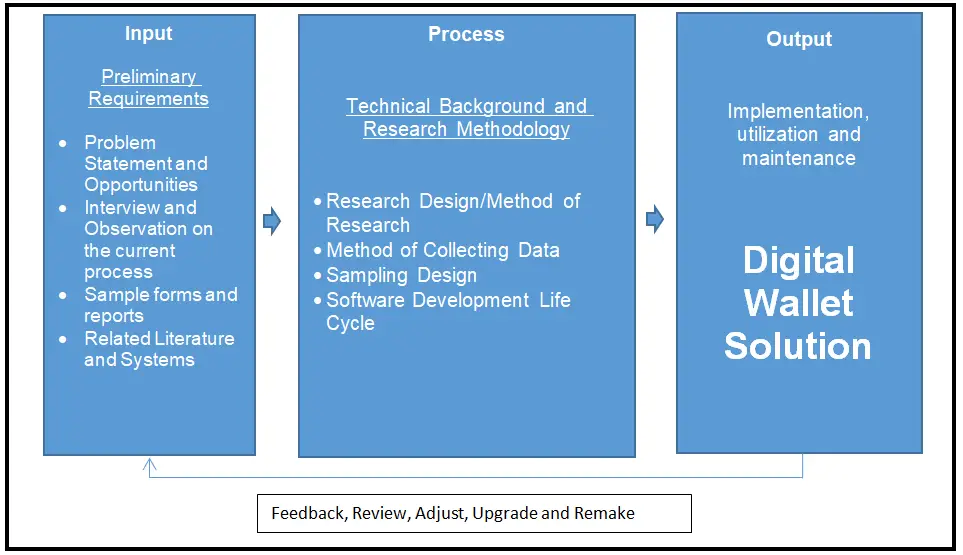
Input
The input phase or the knowledge requirement stage consists of the following:
- Problem Statement and Opportunities – the researchers selected to conduct a study on different digital wallet solutions that individuals can adapt.
- Interview and Observation on the current process – the researchers conducted a preliminary interview and observation method to further understand the processes involved in the current ways involving financial operations such as payment and others.
- Sample forms and reports – the researchers also gathered the sample forms and reports. This serves as a guide in the preparation of form design and reports of the system.
- Related Literature and Systems – the researchers conducted a research on the different literatures and related systems to serve as a guide in the development of the Digital Wallet Solution.
Process
- Method of Research
The researcher employed descriptive-developmental research methods. The typical processes of planning, conducting, and reporting a research project—problem definition, literature reviews, and research procedures—are described in this paper (link.springer.com). Descriptive research explains what the study is about. The study focuses on the current condition, with the goal of discovering new truths. It is concerned with existing relationship conditions, methods that succeed, ongoing processes, and developing effects. Descriptive research entails components of interpretation of the relevance of what is presented, with the primary emphasis on the finding of ideas and insights (www.slideshare.net).
- Method of Collecting Data
The researchers used interviews as a way to get in-depth and to gather data. It consists of one person interviewing another person for personal or detailed information. The interviewer will ask questions from a written questionnaire and recorded the answers in order to summarize the findings.
- Development of Research Instrument
Before collecting data, the researchers built their own research instrument. The Good and Scate questionnaire was used to validate this self-created assessment by three experts. The researchers employed common criteria defined in McCall’s Software Quality Model surveys to test the system’s quality.
- Software Development Life Cycle
Analysis and Quick Design
During Analysis and Quick Design, the researchers conducted an interview with the respondents at the study’s location. Respondents were given the opportunity to make comments and requests about how the system should be designed and built. Following data collecting, the researchers sketched out an early design for the newly built system.
Data Analysis
All of the data, information, and user requirements were analyzed by the researchers. The project lifetime began during this phase. The researchers attempted to comprehend the facts and knowledge on how to construct the system, as well as to envisage how the generated system would be advantageous to the operators. It analyzes end-user needs to guarantee that the new system meets their expectations.
System Design
The researchers began working on the system. This phase outlines the required requirements, features, and activities that satisfy the functional requirements of the designed system that is now in place. This phase determines how the system will function.
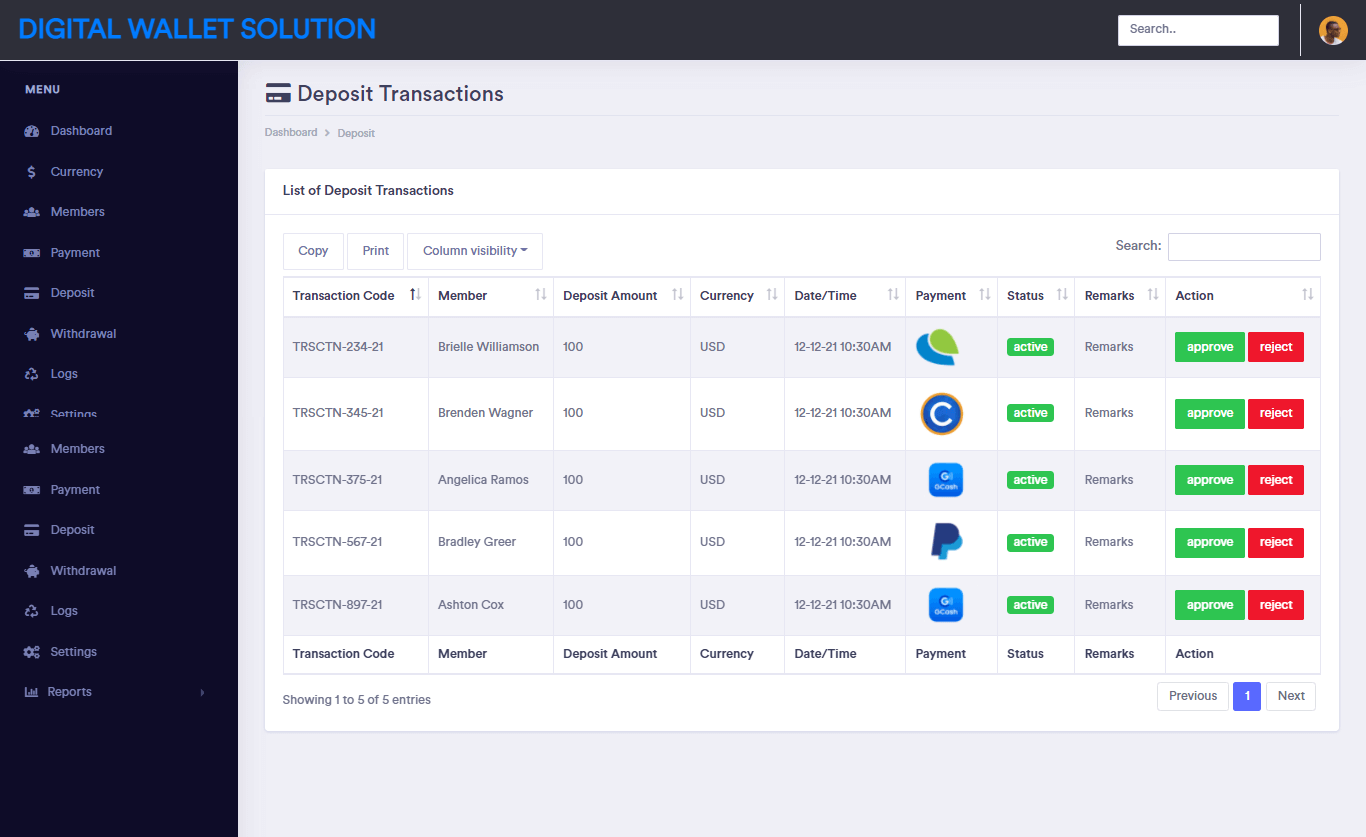
Prototype Cycle
This phase includes the process of creating a system model, displaying it, and revising the data collected. The researchers first built a prototype model based on the anticipated design, which they then showed to the respondents. Following the completion of the prototype, the researchers exhibited the system’s functionality, the flow of how it runs, and the functions of the system’s components. The final stage is refinement. At this point, the researchers upgraded the system depending on the operator’s additional requirements. Based on the needs expressed by the respondents, enhancements to the flow, functionality, and features were made. This enabled the researchers in developing an initial set of system requirements.
Testing
This includes the support for the designed system, which was installed and tested by three (3) professionals and its intended users. This component was placed into production by transferring data and components from the old system to the new system.
Output
The study’s final outcome is the Digital Wallet Solution, a digital platform that simplifies financial transactions. The user can save funds, pay for goods and services digitally, and conduct other financial operations. System implementation is strongly encouraged.
Summary
This article focuses on the study’s conceptual framework, which was created using the input, process, output model, or IPO model. The input stage, also known as the knowledge necessary stage, consists of a Problem Statement and Opportunities, an Interview and Observation of the Current Process, Sample forms and reports, and Related Literature and Systems. The process stage is comprised of the following phases: Research Design/Method of Research, Data Collection Method, Sampling Design, and Software Development Life Cycle. The study’s final outcome is the Digital Wallet Solution, a digital platform that simplifies financial transactions. The user can save funds, pay for goods and services digitally, and conduct other financial operations. System implementation is strongly encouraged.
You may visit our Facebook page for more information, inquiries, and comments. Please subscribe also to our YouTube Channel to receive free capstone projects resources and computer programming tutorials.
Hire our team to do the project.
Related Topics and Articles:
Digital Wallet Solution Free Download Bootstrap Template Source code
QR Code Digital Vaccine Certification Capstone Project
Social Media Control and Advance Monitoring using Digital Parenting
